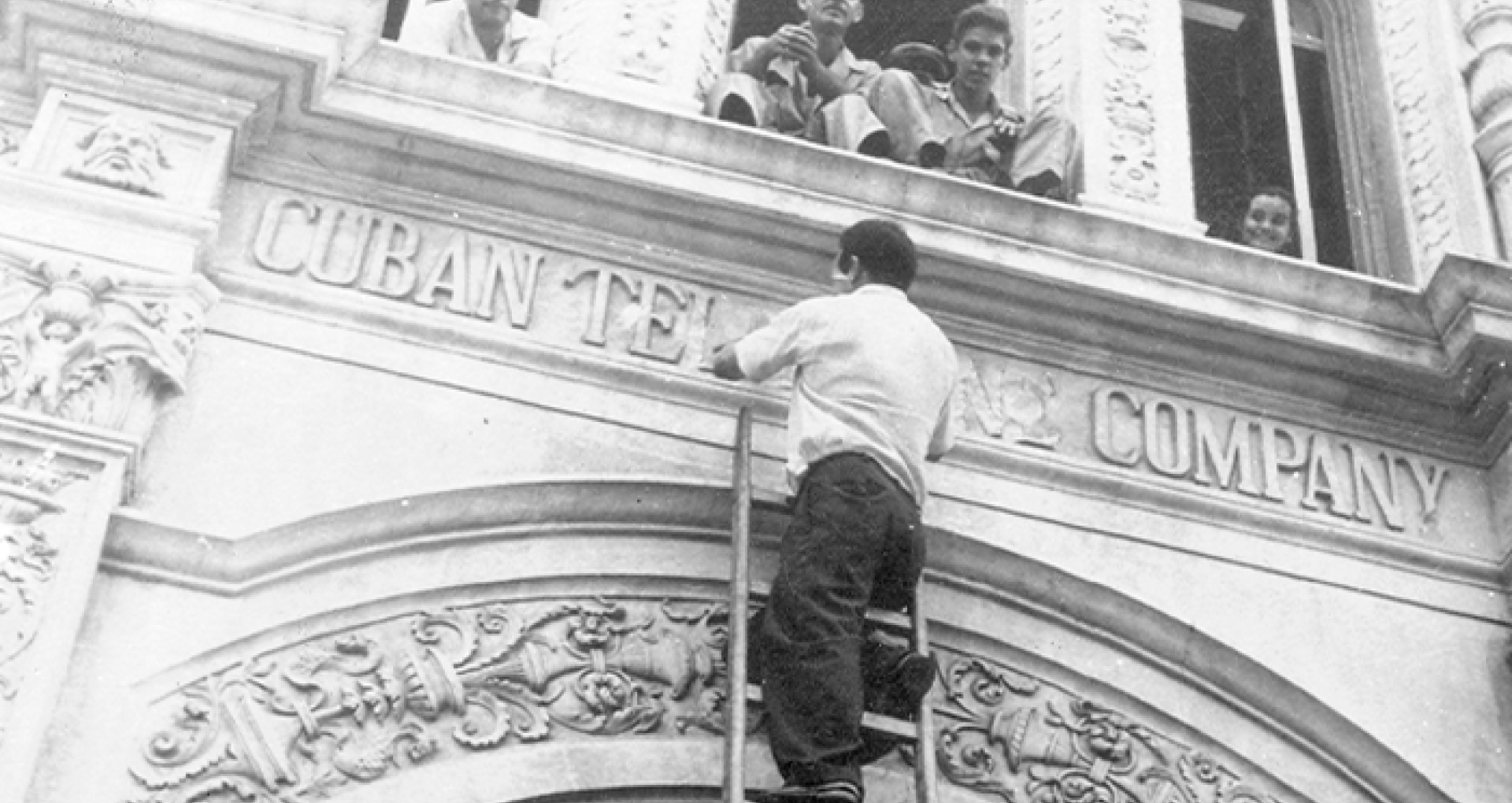
Sixty-five years ago, on March 3, 1959, a few weeks after the triumph of the Revolution, the Cuban Telephon e Company, a US consortium of the International Telephone and Telegraph Company (ITT), which controlled the telephone service almost since the establishment of that technology in the country, was intervened.
Such a measure by the Revolutionary Government was not free of charge and responded to an old desire of the Cuban people to fight against the imperialist exploitation of the nation's basic services.
Years later, declassified U.S. government documents revealed that ITT was part of the front of U.S. companies and interests established in Cuba that would economically and with their resources support officials and facilities, in what constituted the first covert actions of the CIA applied since 1959 against the young Cuban social project.
This company was also responsible for what may have been the last public support for the dictatorship, when its directors, together with other representatives of Cuban companies, gave Fulgencio Batista a solid gold telephone as a thank you for supporting that monopoly through the Presidential Decree of March 13, 1957, related to the increase in telephone rates.
Even that authorization, a long-standing desire of ITT, was not applied by the previous Cuban governments for fear of a popular reaction and of the progressive sectors of society. During the Batista dictatorship, the Cuban Telephone Company enjoyed total impunity and never accounted for its huge profits.
That event of the delivery of the golden telephone, currently a piece of the Museum of the Revolution in Havana, became known to the world when it was retaken in the movie The Godfather, second part, to represent the condition of semi-colony that Cuba was in those years, together with the imaginative scene in which the main mafia bosses serve themselves a big cake with the figure of the Island in portions.
But beyond the film version, the history of the control of telephone communications on the island by that company surpasses any fiction.
In 1927, the American Telephone and Telegraph Company, ITT's predecessor, opened what would become the tallest building in Havana, its headquarters at 56 Aguila Street, on the corner of Dragones, and from then on had total control of the telephone system in Cuba and its development for more than 30 years.
From that moment on, the aforementioned U.S. entity decided to frequently lower workers' salaries, provoking strikes and from the end of the 1940s it progressively deteriorated the service, alleging that it would be impossible for it to have the necessary capital to guarantee it if it was not allowed to raise the rates.
He also applied other methods to divide the labor and union movement by creating groups with certain privileges, such as higher salaries, to form a limited sector which would be called labor aristocracy. However, this proved useless after the triumph of the Revolution when the vast majority of the workers and rank and file technicians decidedly supported the intervention and other radical measures.
The intervention of the Cuban Telephone Company was only the antecedent of its nationalization on August 6, 1960, along with other U.S. companies, announced by the top leader of the Revolution Fidel Castro as a worthy response to the first aggressive measures and economic choking that began the application of the economic, commercial and financial blockade that Cuba still suffers for more than 60 years.
Sidebar

 Agencia Cubana de Noticias
Líder en información nacional
Agencia Cubana de Noticias
Líder en información nacional








Nos reservamos el derecho de no publicar los comentario que incumplan con las normas de este sitio